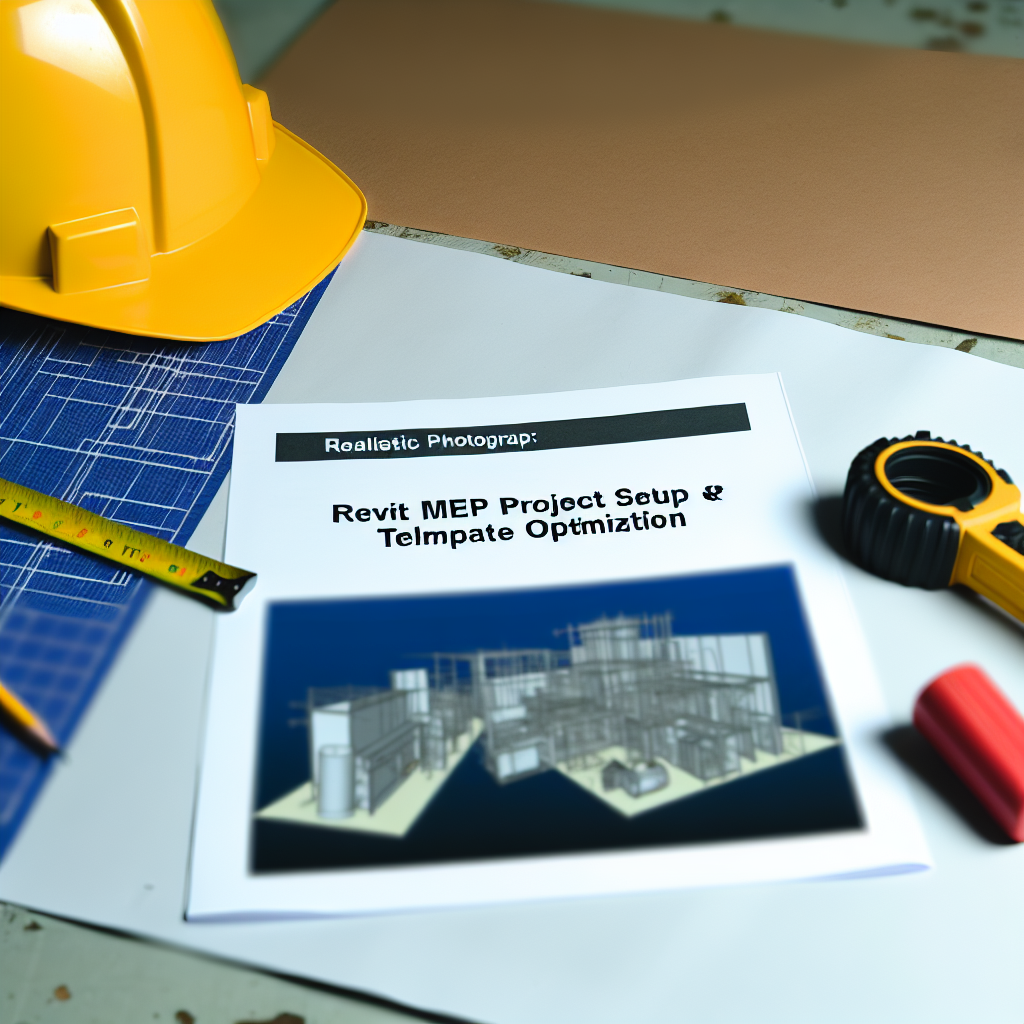Revit MEP Tutorial: Project Setup & Template Explained!
If you’re venturing into Revit MEP, mastering the project setup and understanding templates are crucial for efficient workflow and accuracy. This tutorial provides a comprehensive overview of how to initialize your Revit MEP project correctly and utilize templates to streamline your design process. Whether you’re a beginner or looking to refine your skills, this guide will help you optimize your Revit MEP projects.
Understanding Revit MEP Project Setup: Foundations for Success
Proper project setup in Revit MEP is essential to ensure accuracy, efficiency, and smooth collaboration throughout your design process. It begins with selecting the correct template, which defines the initial environment, setting, and preloaded content tailored for MEP disciplines. When setting up your project, consider these critical aspects:
- Choosing the Right Template: The default Revit templates are a good starting point, but for MEP projects, specialized templates like Revit MEP Template or customized versions are recommended. These come preloaded with equipment, systems, and view templates that align with MEP workflows.
- Defining Units and Standards: Establish project units, levels, grids, and coordinate systems early on. Inconsistent units or misaligned grids can cause issues later during coordination or detailing.
- Setting Up View Templates and Discipline Settings: Configuring view templates at the outset ensures visual consistency. Assigning discipline settings (Mechanical, Electrical, Plumbing) helps organize views, schedules, and annotations specific to each MEP discipline.
Correct initial setup reduces errors, speeds up project delivery, and facilitates collaboration among multiple disciplines. Remember, spending time in this phase pays off significantly down the line by creating a reliable foundation for your entire project.
Leveraging Templates to Optimize Your MEP Workflow
Templates in Revit MEP serve as powerful tools to standardize workflows, incorporate project-specific standards, and minimize repetitive tasks. Understanding how to efficiently create, modify, and utilize templates is key to efficient project execution.
Starting with a well-structured template allows you to embed elements such as:
- Predefined Content: Equipment, fittings, fixtures, and system configurations that are commonly used in your projects, ensuring consistency across multiple projects.
- View and Sheet Templates: Customized view settings, annotations, and title blocks that accelerate drawing production while maintaining uniformity.
- Shared Parameters and Families: Centralized parameter definitions and family libraries streamline data management and interoperability with other disciplines.
To maximize template effectiveness, regularly update and customize them according to evolving standards and project feedback. Using linked or project templates can also facilitate smooth collaboration across teams, reducing setup time and potential conflicts. Proper template management ultimately enhances productivity, accuracy, and compliance in your MEP designs.
In conclusion, mastering project setup and effective use of templates are foundational steps in Revit MEP that directly influence project quality and efficiency. By carefully selecting your initial template, configuring settings meticulously, and maintaining well-organized templates, you can streamline your workflow and improve interdisciplinary coordination. Implement these strategies to elevate your Revit MEP projects and achieve professional, consistent results.
